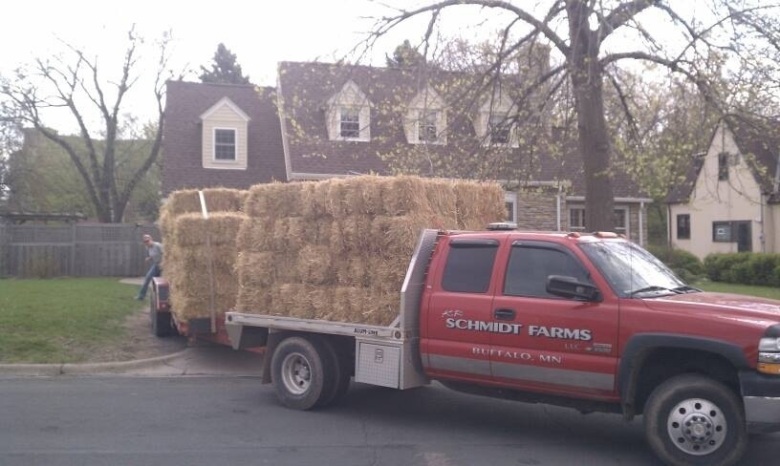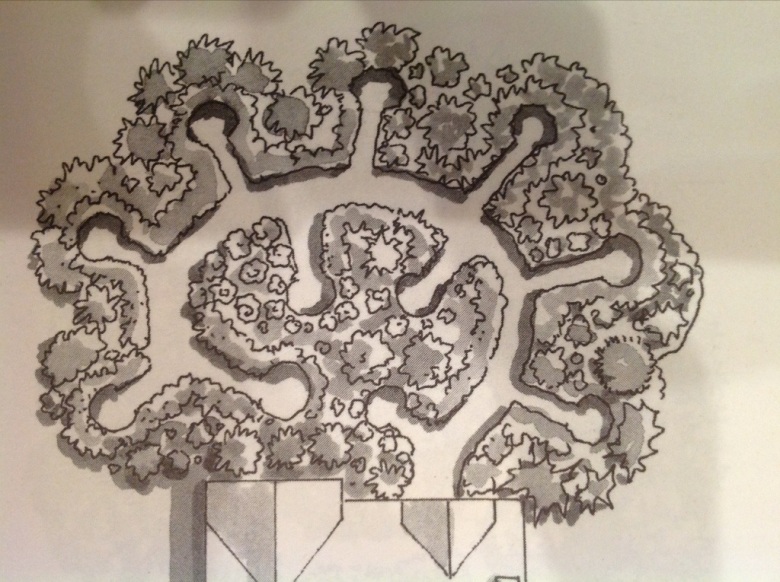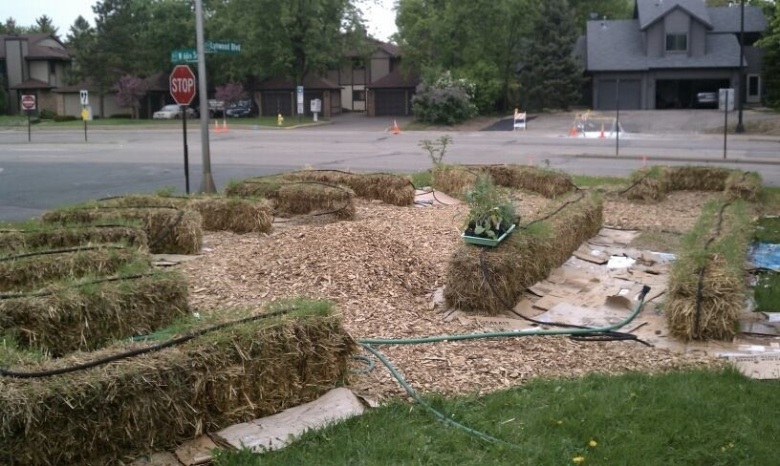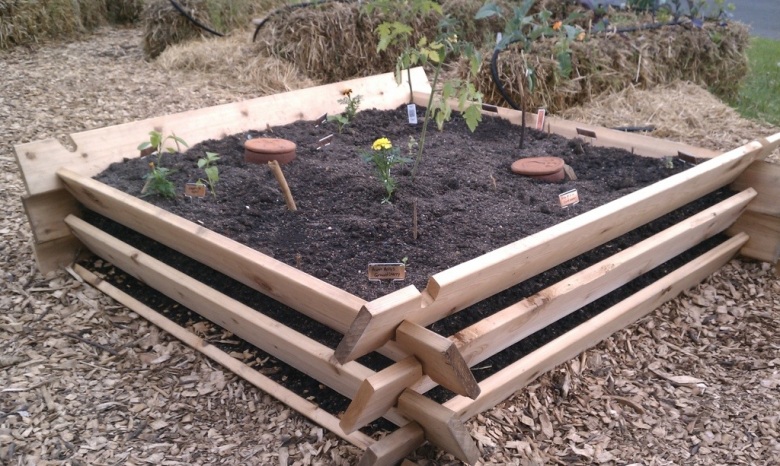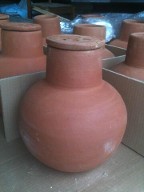A Scott’s sales rep came to the door yesterday telling me he could spray to kill all of the dandelions and other weeds in our yard, fertilize the lawn and spray to get rid of all of the mosquitoes. I politely told him, “No thank you. I don’t mind them and am actually growing plants to attract insects and pollinators instead of kill them.” He then offered to use their organic line and estimated that it would be $56 to “take care of” our yard. Again, I smiled and said, “No, thank you. We’re not interested.” at which point he offered me his business card, told me he was also a realtor and offered to do a property value estimate if I’m ever interested.
We have no plans of moving. Part of why we bought this house is because it’s just behind the nature center which has a lake. Mosquitoes, whether we like it or not, come with the territory.
Don’t get me wrong, I hate mosquitoes just as much as the next person, but the SPRAYS they use ARE NOT SELECTIVE. That means they don’t just kill mosquitoes, they also kill everything else including bees, butterflies and other beneficial insects.
I realize a lot of people don’t like insects, but we NEED these insects. Our food system relies on them. I don’t think most people know or understand the impact that spraying their yard for mosquitoes has on our food system.
Yes, I’m a gardener and every year I hope for an abundant harvest from my garden, but this isn’t about my garden. This is effecting food on a much larger scale. This is about the food on everyone’s table.
Our pollinators are disappearing at alarming rates and our food is going to follow. This isn’t something we can ignore or pretend isn’t happening. It’s not going to be okay or correct itself on its own.
This time of the year, when everything is in bloom, my yard is typically abuzz with bees and other insects feeding on the nectar and pollen from dandelions, creeping charlie, flowering crabs and dogwoods. This year I have seen a couple of wasps pass through and a handful of flies. That’s it.
It would be so easy to blow it off and try to reason our way out of why I don’t see them in my yard, but the truth of the matter is that I work to create a bee, butterfly and insect friendly yard and they are not here. My yard is a minute sample of the greater picture. Looking at my yard is like looking through a sample under a microscope. If the insects aren’t in my yard, that means they aren’t around.
Am I worried that the fruits and vegetables in my yard won’t get pollinated and will produce less fruit? Of course. But what really bothers me is that the fruits and vegetables on a greater scale aren’t getting pollinated, which is a much larger problem.
All of this makes me so sad. They are making it so fast, cheap and easy to kill-off the insects that we think are a nuisance but fail to tell people that they are also killing off insects that pollinate the plants that give us our food.
We have smoking policies in place to protect people who don’t smoke from breathing in second hand smoke.
Spraying our yards doesn’t work the same way. If we spray, we are not just impacting our yard and our neighbors, we are impacting life on the larger scale.
We need to stop pretending that what we do in our yard is our choice and that it doesn’t impact anyone else, because it does. It impacts EVERYONE else.
The next time you go to buy groceries, look at the produce section and imagine it empty or sparce with extremely expensive produce. Imagine coffee so expensive that it becomes a luxury. Do you hate spending so much money on groceries? It’s going to continue to get more and more expensive and we will have less and less available if we don’t change what we are doing.
We need to fix our system, fast. Some states are banning neonicotinoide pesticides. A couple of cities in the Twin Cities metro area have also banned them. But until they are fully non-existent we need to be our own advocates.
That’s not to mention the detrimental effects directly on people. Pesticides are also hormone – altering (endocrine disruptors) which alter the natural function of our bodies in many, many dangerous ways.
If our world were balanced, it should be ungodly expensive to spray both herbicides and pesticides because the effects are damaging on a global level. Damaging to our health, damaging to our food system, not to mention damaging to the soil, water and air we breathe.
It shouldn’t cost $59 to kill everything that lives in a 1/3 of an acre lot, it should cost at lot more than that because in reality, it does.

